St. Anne’s Day in Palóc folk costumes – PHOTOS
At the weekend participants dressed in Palóc folk costumes on St. Anne’s Day (on July 26, 2020 ) in Balassagyarmat, Hungary.
They live in about half a hundred settlements, their largest cities are Ipolyság, Rimaszombat, Tornalja, Fülek, Balassagyarmat, Eger, Miskolc, Gyöngyös, Salgótarján, Szécsény.
The Palóc are ethnic Hungarians, but they have retained distinctive traditions, including a very apparent dialect of Hungarian.
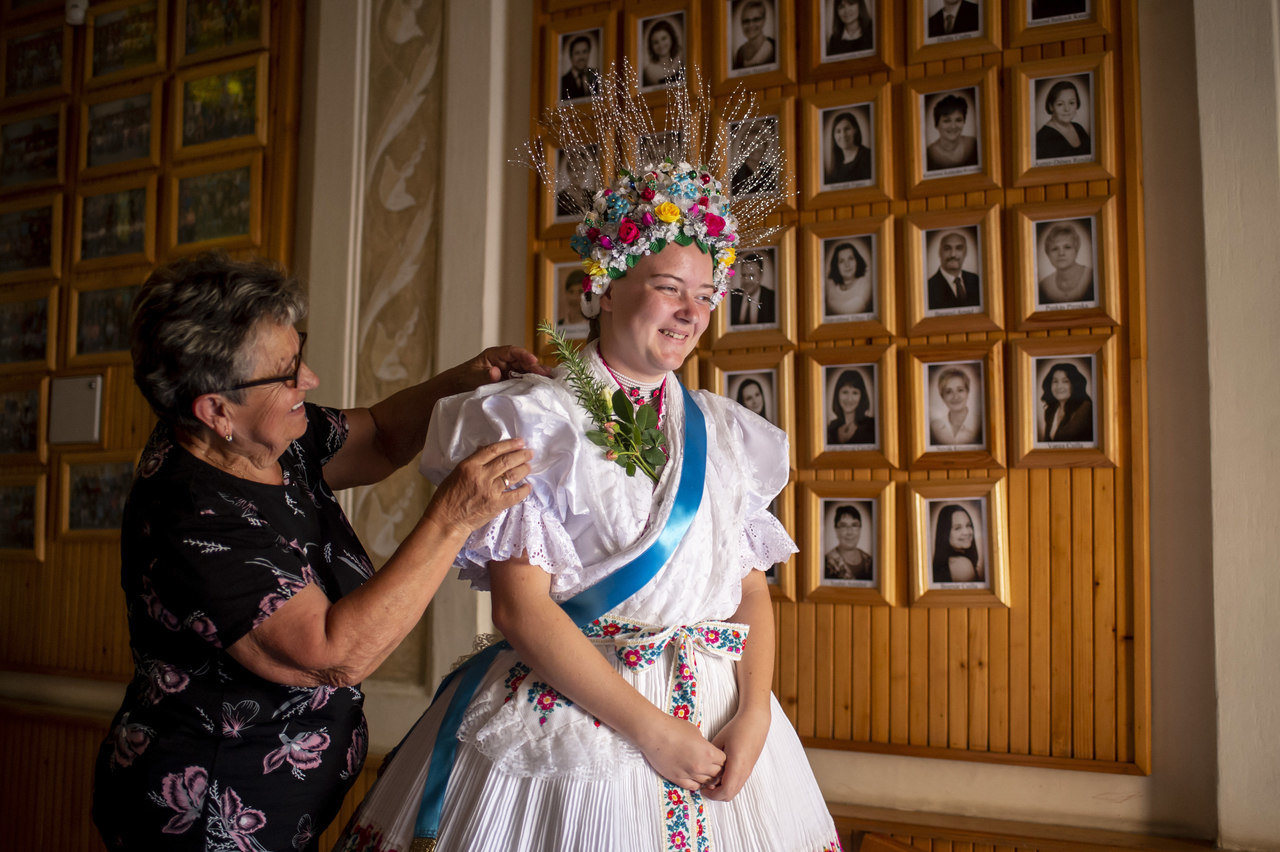
Balassagyarmat, Hungary. St. Anne’s Day in Palóc folk costumes. Photo: MTI
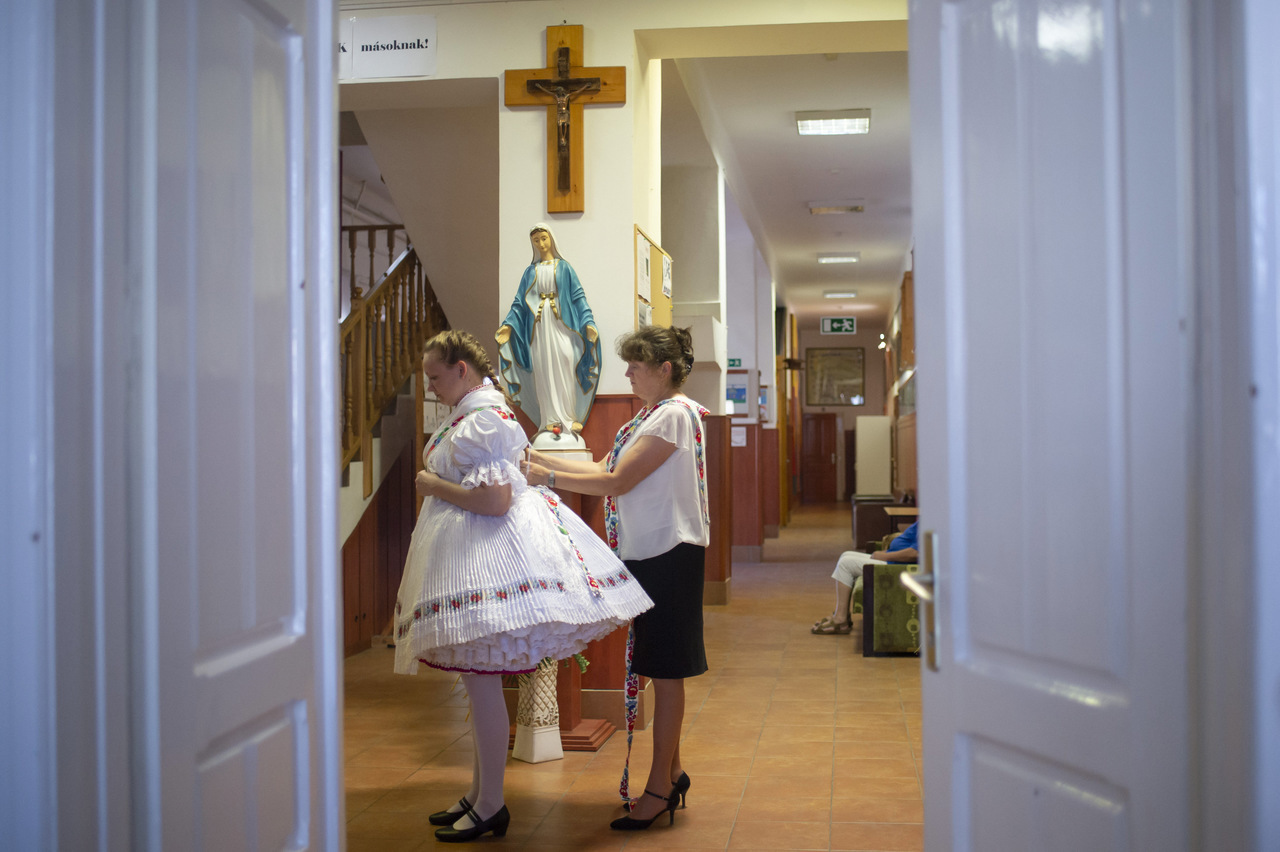
Balassagyarmat, Hungary. St. Anne’s Day in Palóc folk costumes. Photo: MTI
The origin of the Palóc has already covered many ethnographers and historians, however, there are still many white spots regarding the origin of the ethnic group: the Palóc seem to have some sort of connections with the Khazar, Kabar, Pechenegs and Cuman tribes.
The most famous Palóc settlement is village of Hollókő, which was proclaimed a UNESCO World Heritage Site in 1987.
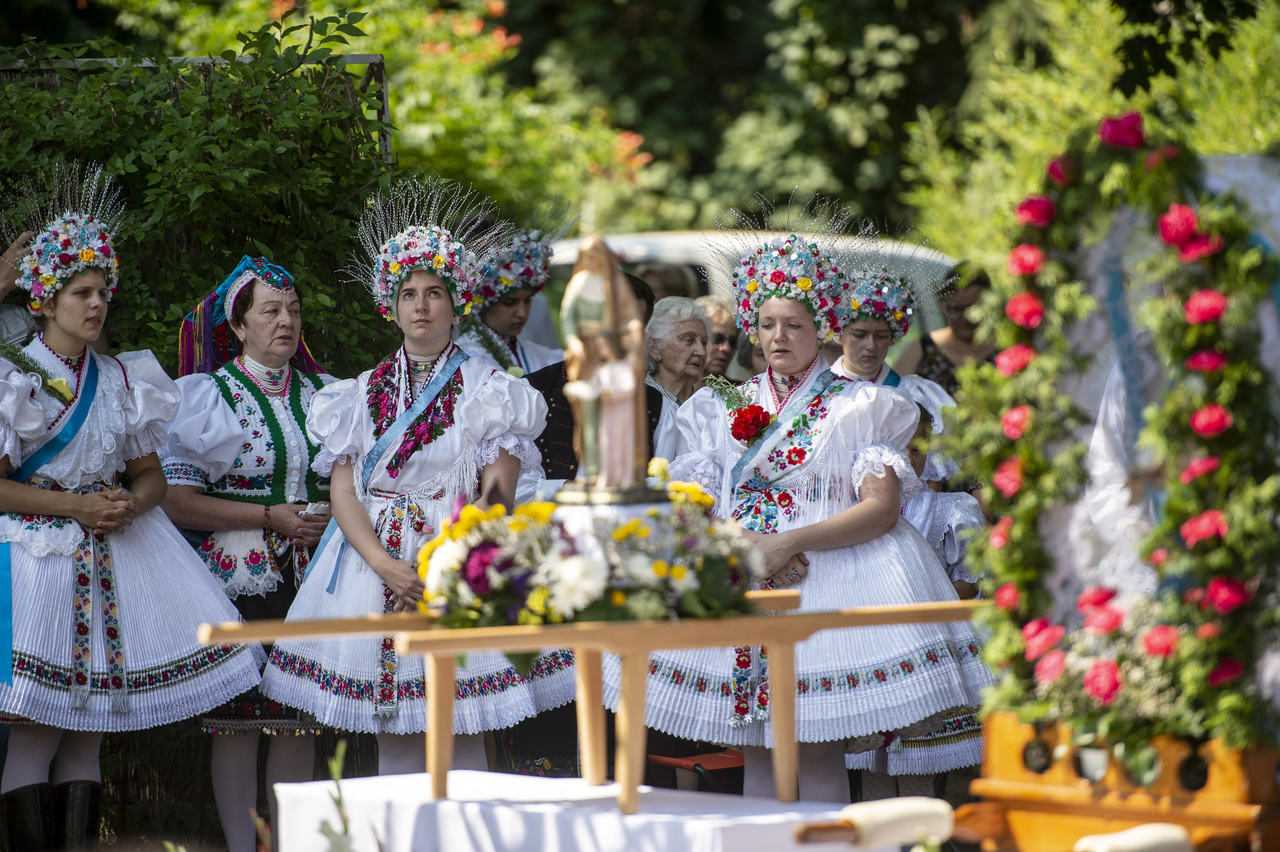
Balassagyarmat, Hungary. St. Anne’s Day in Palóc folk costumes. Photo: MTI
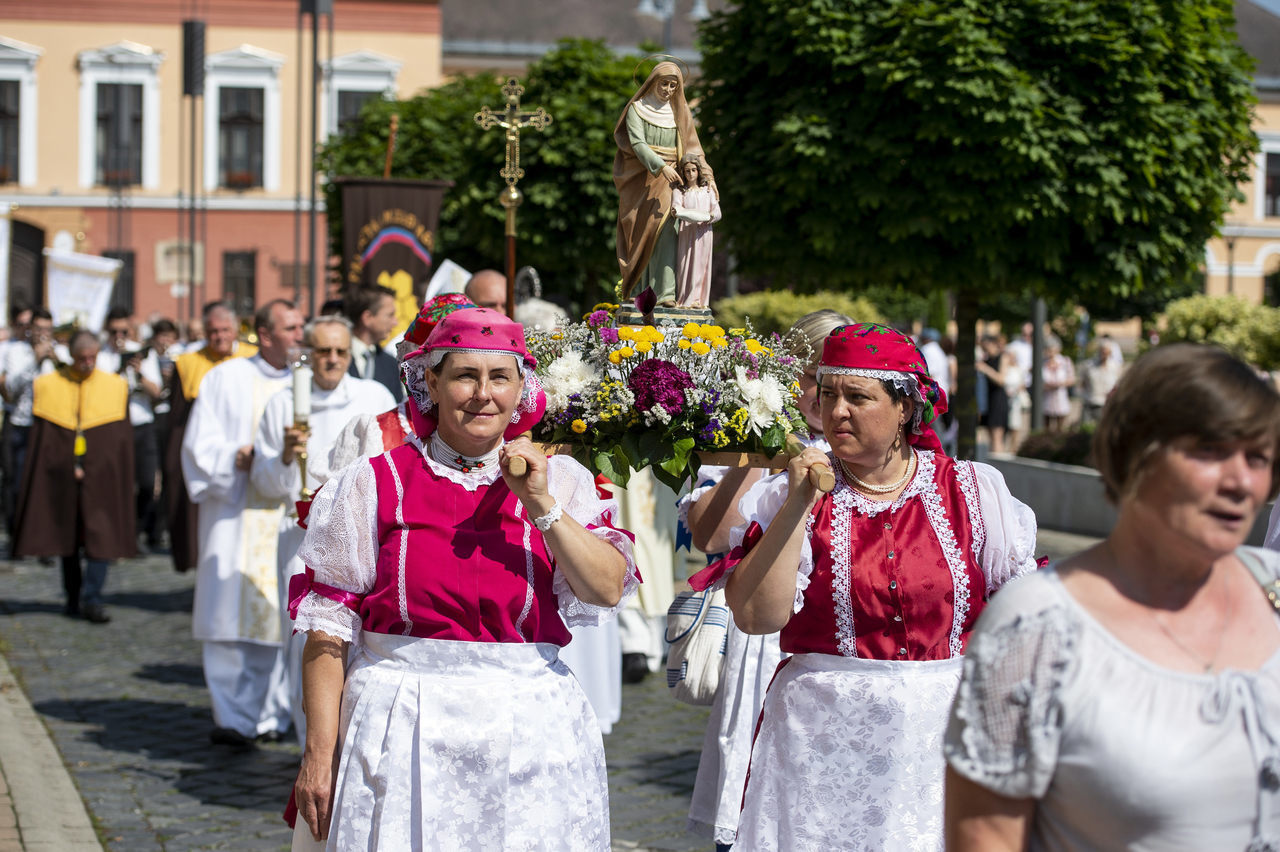
Balassagyarmat, Hungary. St. Anne’s Day in Palóc folk costumes. Photo: MTI
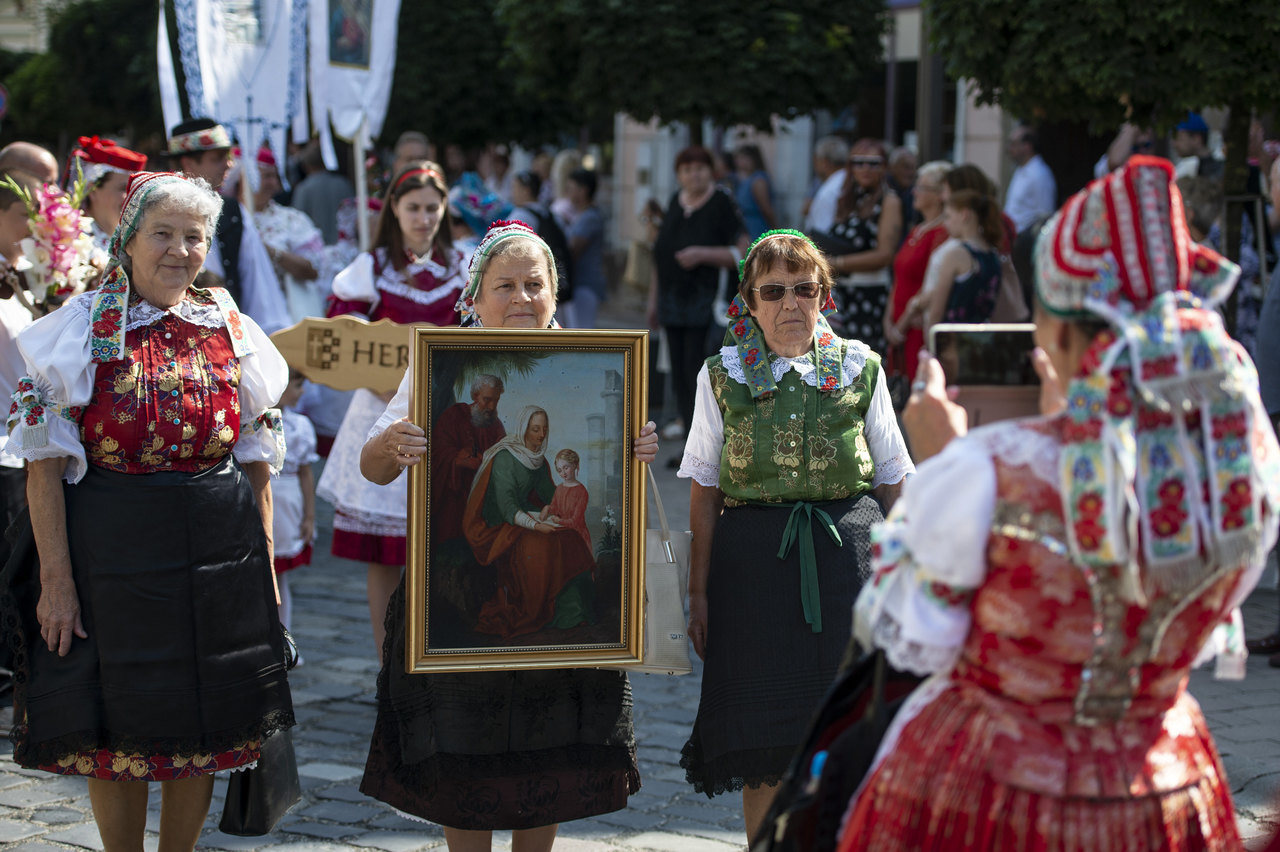
Balassagyarmat, Hungary. St. Anne’s Day in Palóc folk costumes. Photo: MTI
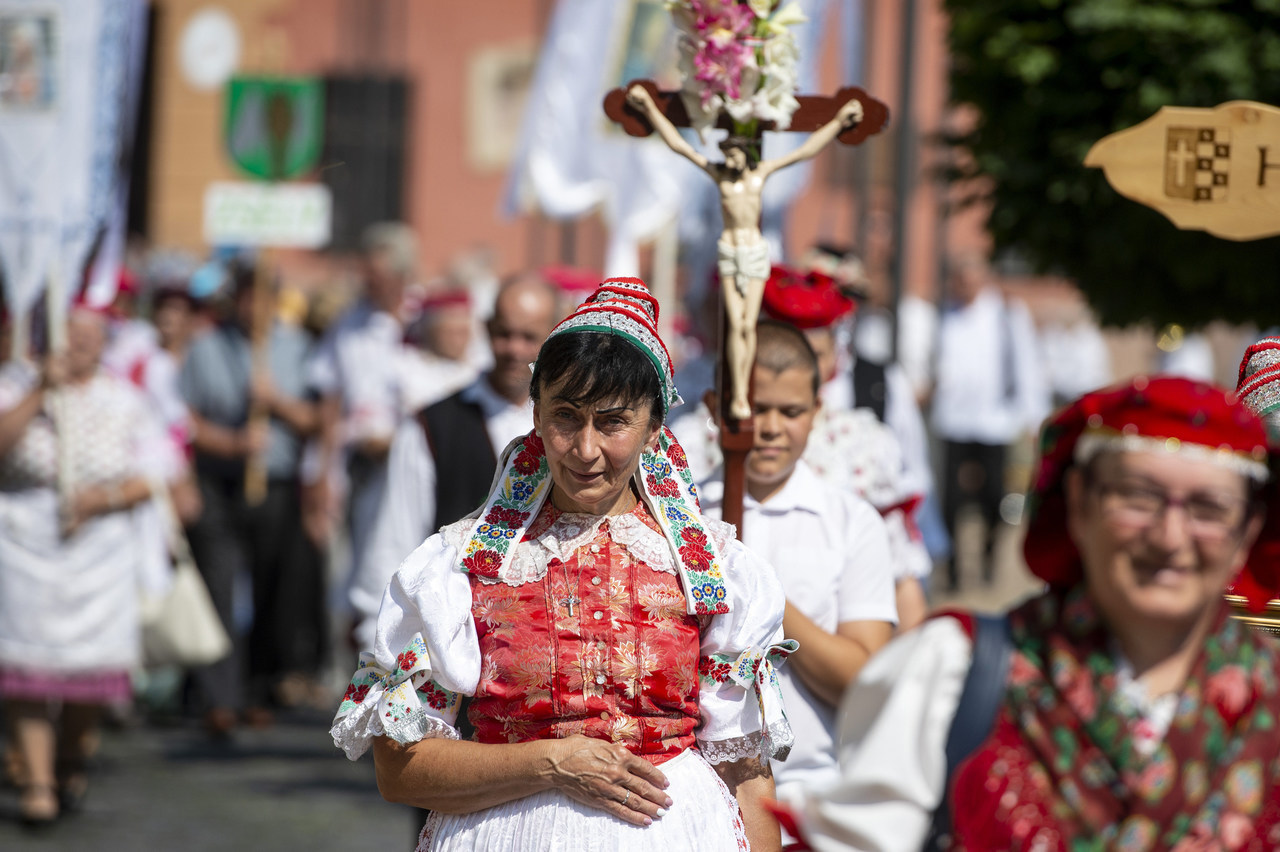
Balassagyarmat, Hungary. Photo: MTI
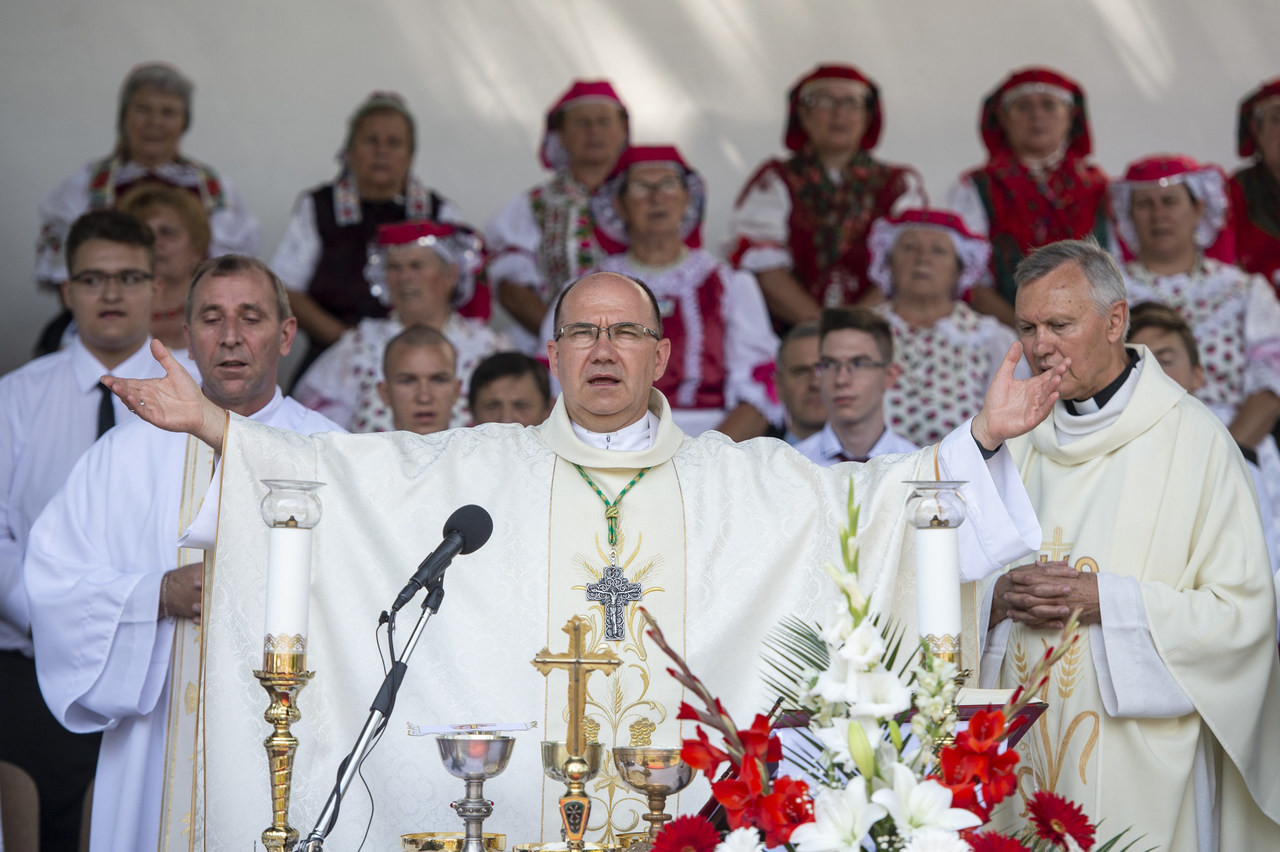
Balassagyarmat, Hungary. Photo: MTI
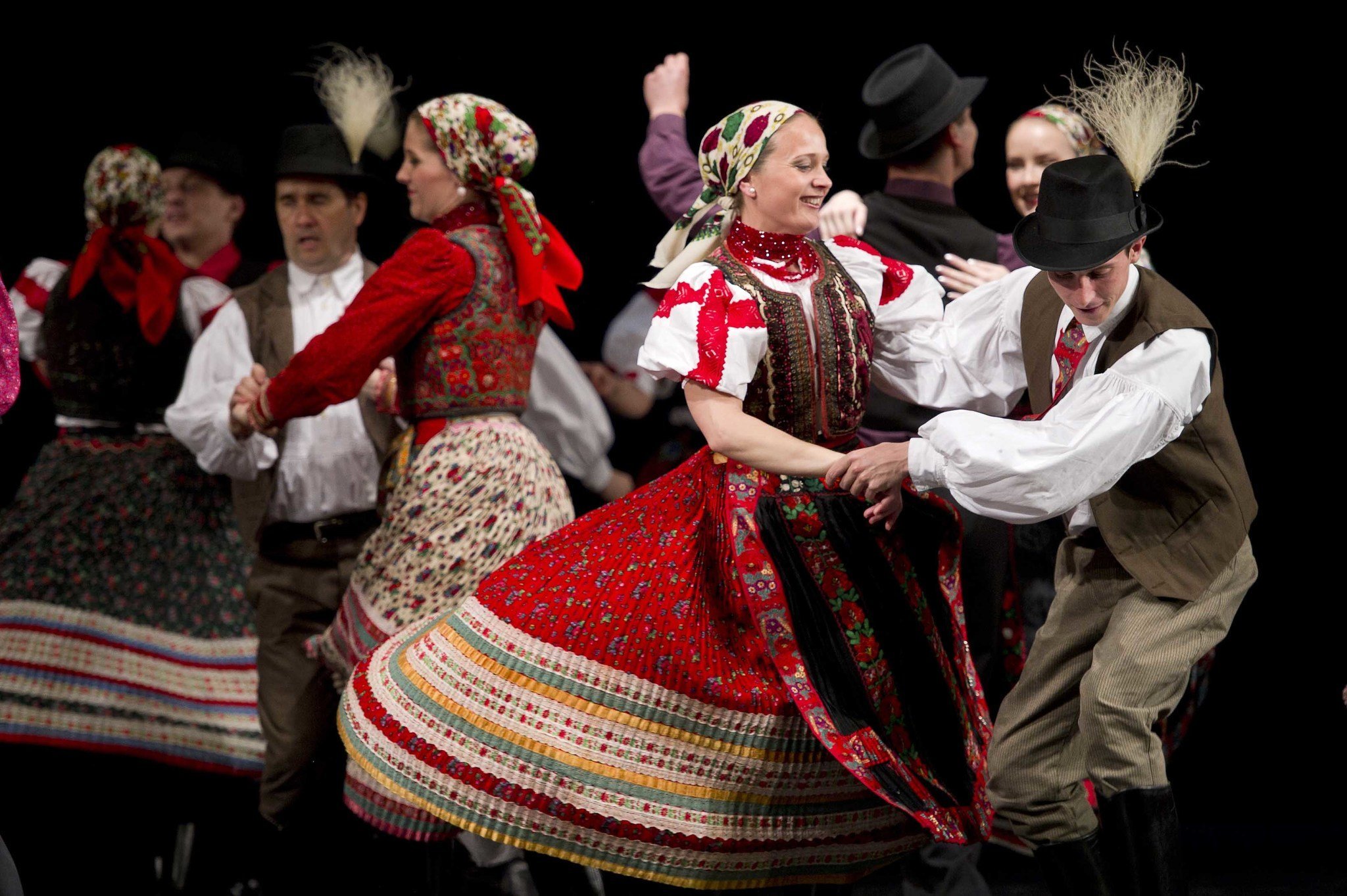
Read alsoTake a step back in time: let’s discover the best Hungarian folk costumes- past and present photography!
please make a donation here
Hot news
Minister: Hungary will protect its territory by every means possible
Orbán cabinet may double airspace fee: another ticket price increase?
Hungary expanding the list of prohibited designer drugs
Hungarian minister: Ukraine ‘blackmailing’ Hungary and pro-peace states
Cocaine found on a Greek bus at southern border of Hungary
NCIS star arrived in Budapest: spin-off filming started




